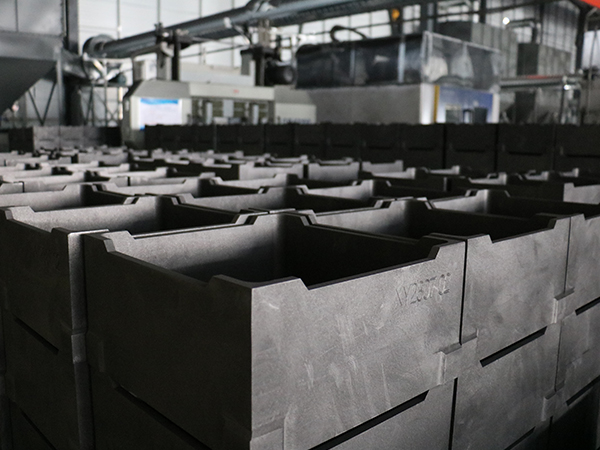News

The negative electrode material sagger is an important component in battery manufacturing, and its selection directly affects various performance indicators of the battery, such as capacity, life, safety and cost. Therefore, formulating standards for selecting negative electrode materials is crucial for battery manufacturing companies. This article will introduce the criteria for selecting negative electrode materials, analyze the advantages and disadvantages of different criteria, and propose a selection strategy.
1. Traditional standards
Traditional standards focus primarily on battery capacity and life. When it comes to the selection of negative electrode material saggers, traditional standards mainly include the following points:
Chemical properties of materials: Mainly consider the electrochemical properties, stability, reactivity, etc. of the materials.
Physical properties of materials: including density, hardness, toughness, etc. of materials.
Material production process: mainly consider the processability and plasticity of the material.
Cost of materials: On the premise of ensuring performance, choose lower cost materials.
2. New standards
With the improvement of environmental awareness and the continuous development of technology, people are paying more and more attention to the safety and environmental protection of batteries. Therefore, when selecting a negative electrode material sagger, the following new criteria need to be considered:
Environmental protection: Materials should be non-toxic and harmless, and the impact on the environment should be reduced during the production process.
Safety: The material should have high thermal stability and chemical stability to reduce battery safety hazards during charging and discharging.
Adaptability: Materials should be able to adapt to different working environment conditions, such as temperature, humidity, etc.
Economy: On the premise of meeting performance requirements, lower cost materials should be selected.
3. Standard Comparison and Selection Strategy
Traditional standards and new standards each have their own advantages and disadvantages. Traditional standards focus mainly on battery capacity and life, but not enough on environmental protection and safety; new standards pay more attention to environmental protection and safety, but may sacrifice some performance and cost. Therefore, when selecting a negative electrode material sagger, various criteria need to be considered comprehensively.
Prioritize environmental protection and safety. On the premise of ensuring battery performance, materials with higher environmental protection and safety properties should be selected.
Consider both cost and performance. On the premise of meeting performance requirements, lower cost materials should be selected.
Choose according to actual needs. Different application scenarios have different performance requirements for batteries, and the appropriate negative electrode material should be selected based on actual needs.
Pay attention to technological innovation and development. With the continuous development of technology, new negative electrode materials are constantly emerging. Attention should be paid to technological innovation and development in order to promptly adopt new technologies, new processes, new materials, etc. to improve the performance and competitiveness of batteries.
4. Conclusion
The criteria for selecting negative electrode materials are crucial to battery manufacturing companies. Traditional standards and new standards each have their own advantages and disadvantages, so it is necessary to comprehensively consider each standard before making a selection. At the same time, it is also necessary to pay attention to technological innovation and development in order to promptly adopt new technologies, new processes, new materials, etc. to improve battery performance and competitiveness. In the future, as people's attention to environmental protection and safety continues to increase, the selection of negative electrode material saggers will pay more attention to environmental protection and safety, and will also pay more attention to technological innovation and development.